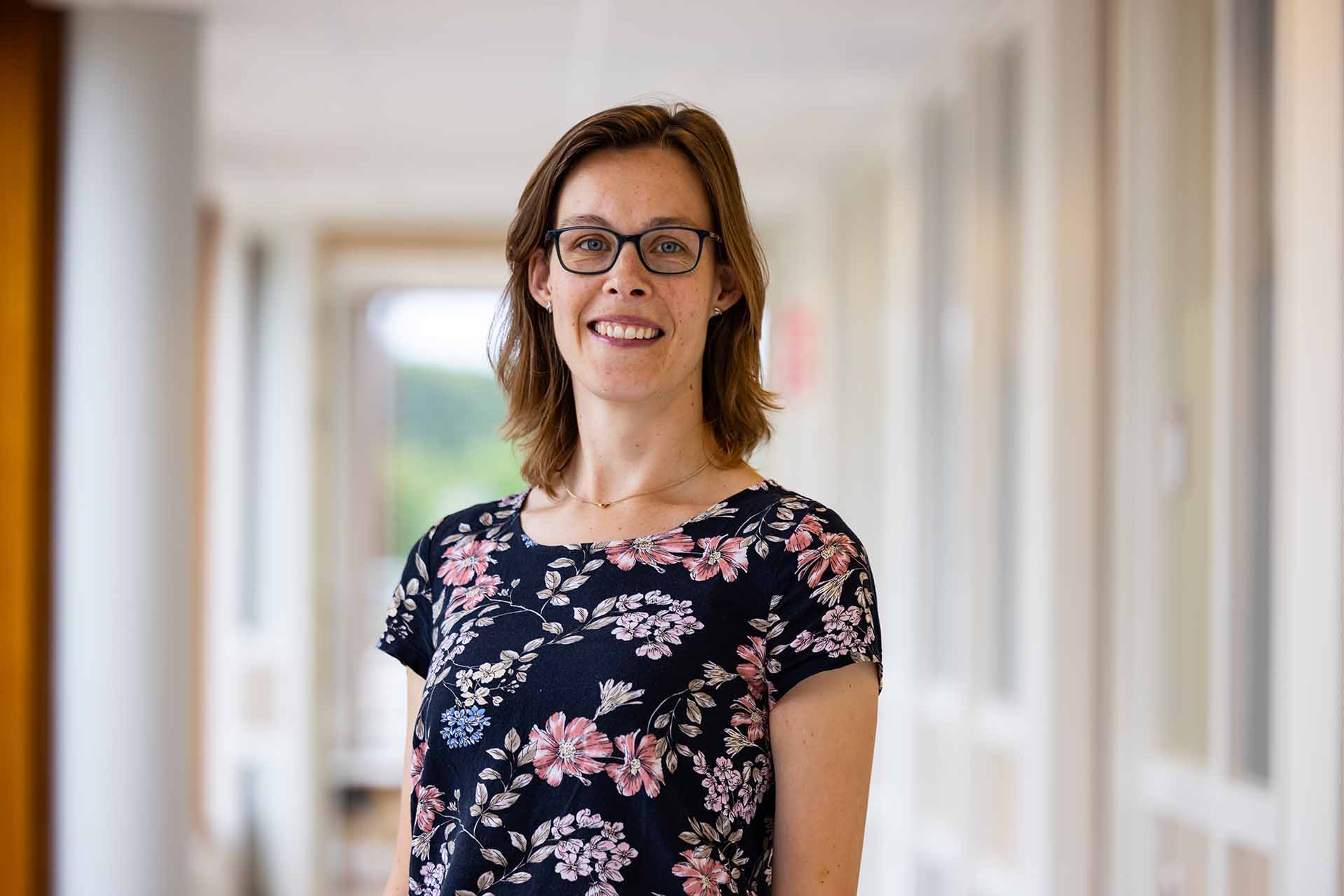Hospitals in our country usually have the main role in patient telehealth. The Salland region takes a different approach, giving home care a key role in telehealth in a transmural care pathway for patients with heart failure.Marleen Ruijter was at the helm of the Hartzorg Salland project: "This is how you make telehealth possible for more people and deliver the right care in the right place by the right healthcare professional."
Keeping care good, accessible and affordable for the future is the big challenge for the healthcare sector. In Salland, a number of healthcare partners therefore formulated a joint ambition for heart failure patients. To provide high-quality, effective care, in the right place, by the right professional and using telehealth. But what should that care look like in practice?
For an answer to that question, Ruijter, now a clinical informatician at Deventer Hospital, came into the picture. As the graduation project of her post-master's degree in Clinical Informatics at Eindhoven University of Technology, she designed a transmural care path. She did this together with the care partners: the Deventer Hospital, home care organization Carinova, the Huisartsen Coöperatie Deventer en Omstreken (HCDO) and Salland Zorgverzekeringen.
"The healthcare partners already have a well-organized regional partnership," Ruijter says. "That helped to get started quickly. The project began in the summer of 2022 with a grant application. A year later, a pilot began in which 30 patients are currently participating."
Step further
Patient telehealth has already proven its benefits nationwide. Problems are spotted earlier, the patient only has to go to the hospital when it is really necessary and is also given more control. "Hospitals in the various regions have a central role in teleassistance," says Ruijter: "They monitor themselves or engage an external party to do so. Some hospitals set up telehealth together with home care. The latter then has a small role and makes an initial home visit to patients, for example."
"In our pilot, we are going one step further. We give a key role to home care, because they monitor the reports and take the first action. For example, does a patient have a strongly abnormal value? Then the district nurse calls or videotapes the patient. And only if necessary will the district nurse then call in the hospital. That's how you make telehealth possible for more people. You deliver the right care in the right place by the right healthcare professional."
Digital skills
In the pilot, patients provide their values through Luscii's Home Measurement app. Ruijter: "Previously, patients were sometimes denied telehealth because the hospital doubted their digital proficiency. Now the nurses at the Heart Failure Clinic are much more likely to say they are up to the task. After all, home care is there for the digital support. Right now, six of the 30 patients still need some guidance. As soon as they are digitally proficient enough, home care stops the home visits."
"By the way, in a telehealth project, you also have to consider people who can't afford a PC or smartphone and a blood pressure monitor. If you want to give everyone the same care, you have to have a solution for those patients as well. In our case, if necessary, home care deploys the Compaan. This is a tablet specifically for the elderly."
Great confidence
Does home care actually have time to add monitoring to its remit? "They do indeed get work to do," Ruijter agrees. "But that's mostly during their off-peak hours, in the middle of the day. So district nurses can get a fuller contract. Home care is very open to this way of providing care anyway. It was not difficult to find district nurses who wanted to participate in the pilot. They see telehealth as an enrichment of their nursing profession. What's more, if home care takes over monitoring, the hospital actually has less work. This is a shift that will eventually have implications for funding as well. If you see telehealth as shared care, you have to fund it across institutional partitions."
And did the hospital's cardiologists dare to hand over the telehealth of their heart failure patients? "Yes, they dared," says Ruijter. "The home care team is well trained for this and was still supervised by the hospital for the first few months. The trust is great. But you have to invest in that by putting people around the table together regularly. Everyone has to know who does what. That sounds simple, but in a project with multiple organizations that is quite a challenge."
Guide
Ruijter translated the lessons learned from the Hartzorg Salland project into a general guide for transmural telehealth. "This way other regions don't have to reinvent the wheel. The guide is a step-by-step plan with points of attention. I also describe what inhibiting and accelerating factors you may encounter in such a process."
"It was troublesome for us, for example, that the Home Measurement app has limited suitability for use with multiple organizations. The supplier is now scaling up. What actually helped us was the widely supported regional ambition. The boards of the various organizations were very keen to work on this."
Recommendations for scaling up
Finally, Ruijter makes recommendations for scaling up telehealth in her handbook. "Scaling up can be done in several ways. You can include more patients in a care pathway. You can also add other care paths, for example, for patients with COPD and gestational diabetes. Furthermore, you can scale up by collaborating with more organizations, such as other general practices and home care organizations."
"A final option is to offer other services in addition to telehealth, such as screen care and alarms. A working group in Salland is currently investigating whether a regional virtual care center with upscaling in all these areas is feasible. Such a center would be a very nice follow-up to the Hartzorg Salland project."












